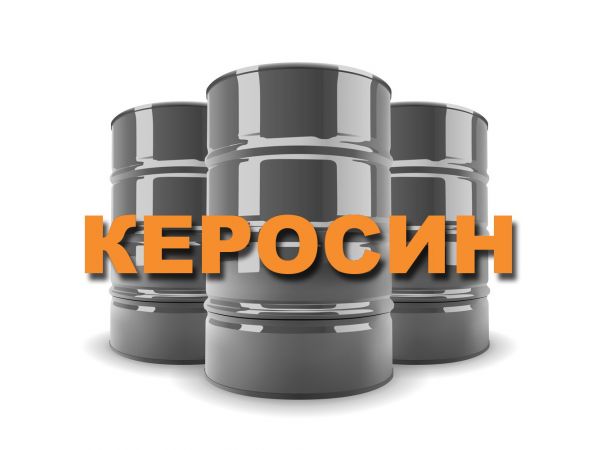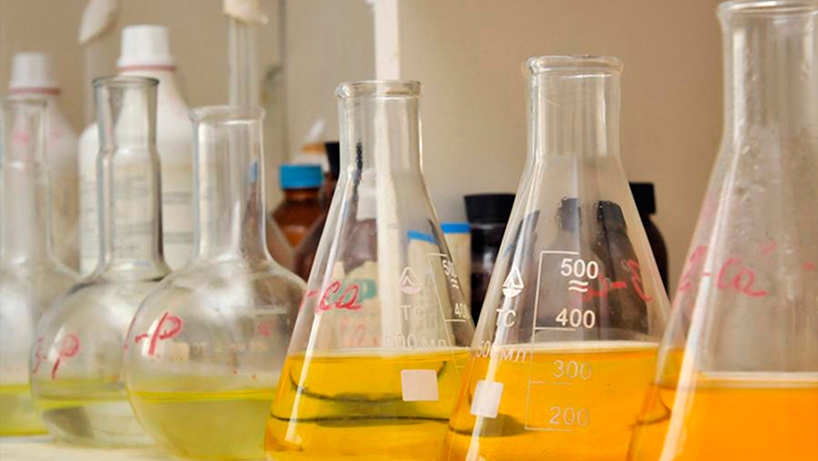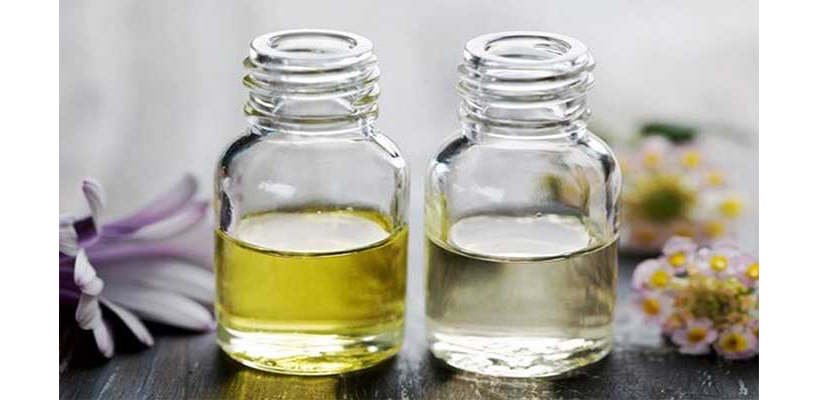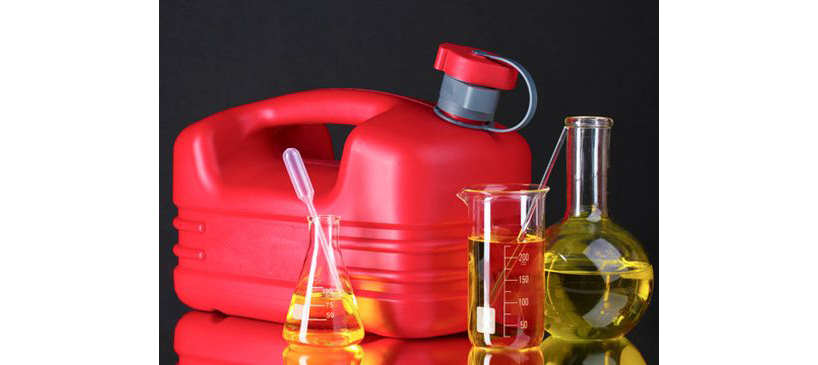Features of kerosene: history and production of the product, its types and scope
Content

Kerosene is a transparent substance with an oily structure, transparent or light, yellowish in color. The substance is obtained by separating multicomponent components by distillation or by direct distillation of oil. The combustible mixture of liquid hydrocarbons has a boiling point from +150°C to +250°C. Due to the properties of the oil product and its characteristics, you can buy kerosene for servicing cars and aircraft, as well as lighting devices and much more.
The name kerosene comes from the ancient Greek "Κηρός", which means wax

The history of the distribution of kerosene in Russia
The formula of kerosene, its density, flammability and other characteristics made it possible to replace lighting gas and all kinds of fats. It began to be actively used in the XNUMXth century. This led to an increase in demand for oil, and the kerosene industry influenced the improvement of mining methods and an increase in the consumption of black gold.
The demand for kerosene increased dramatically with the advent of kerosene stoves and kerosene stoves, which were used everywhere for cooking
At the beginning of the twentieth century, agricultural machinery with carburetor and diesel engines began to be filled with kerosene. But this caused some difficulties.
The octane number of kerosene is below 40 units, and the volatility is worse than that of gasoline, so starting a cold engine was very difficult. In this regard, the machines were equipped with an additional small gas tank.
The mass of kerosene consumed by vehicles as fuel was high, and soon it was replaced by gasoline and diesel fuel.
The popularity of kerosene resumed in the middle of the twentieth century, with the development of the aviation and rocket industries.

Method for obtaining kerosene
Regardless of how the oil is processed (direct distillation or rectification), the substance is first filtered from water, inorganic impurities, etc. When the liquid is brought to certain temperatures, various fractions boil and stand out:
- Up to 250°C - naphtha and gasoline.
- From 250°C to 315°C - kerosene-gas oil.
- From 300°C to 350°C - oil (solar).
According to GOST 12.1.007-76, the hazard class of kerosene is 4, which should be taken into account during its production, transportation and use. The liquid is highly flammable, and its vapors, when interacting with air, form explosive mixtures.
Kerosene, if it comes into contact with eyes and skin, may cause irritation.

The composition of kerosene
The composition of kerosene largely depends on the chemical components and methods of processing oil products. In addition to impurities of oxygen, nitrogen and sulfur compounds, it contains hydrocarbons:
View | Percentage of |
Marginal | From 20 60 up |
Unlimited | Until 2 |
Bicycle | From 5 25 up |
Naphthenic | From 20 50 up |
Kerosene RO and other characteristics may vary. At +20°C the figures are as follows:
- Density from 0,78 to .85 g/cm³.
- Viscosity from 1,2 to 4,5 mm²/s.
The flash point is from +28 to +72°C, while the self-ignition temperature can reach +400°C. The density of kerosene, like other indicators, varies with a gradation of thermal indicators and other conditions.
The average density of kerosene is 0.800 kg/m3·

What is kerosene used for?
As one of the most common petroleum products, kerosene has found application in various fields. Raw materials may be suitable for creating:
- Jet fuels.
- rocket fuel additives.
- Fuel for firing equipment.
- Refueling household appliances.
- Inexpensive solvents.
- Alternatives to winter and arctic diesel.
Both in the past and in the present, quality lighting kerosene is widely used. It can be found in production in workshops, home workshops, etc. It is worth remembering that precautions must be taken during operation.
The main indicators of lighting brand kerosene

Kerosene (GOST 18499-73) was developed for technical purposes - it is used to clean and lubricate mechanisms, remove rust, etc. Different types of substances are suitable for impregnating leather, conducting fire shows and a large number of other tasks.
In folk medicine, it is permissible to treat various diseases with kerosene. Most often it is used to remove lice. In various doses, with certain impurities and methods of application, it is recommended for the prevention of diseases:
- Gastrointestinal tract.
- Nervous system.
- Of cardio-vascular system.
- Lungs, etc.
Kerosene has become the basis for rubbing, lotions and other procedures in traditional medicine.

The main types of kerosene
Kerosene can be categorized by fraction content and application. There are four main groups:
1. Technical
Technical kerosene is suitable for the production of propylenes, ethylenes and other hydrocarbons. Very often, the substance acts as a solvent for washing complex parts of various shapes and sizes. Also, raw materials can be used as fuel for workshop equipment.
According to the provisions of GOST, the content of aromatic hydrocarbons in technical kerosenes is not more than seven percent.
2. Rocket
The specific heat of combustion of kerosene contributes to the formation of reverse thrust in the amount necessary for the functioning of rocket vehicles. It contains a small number of impurities, due to which the raw material is considered the purest. Among the features are:
- The minimum content of sulfur formations.
- Excellent anti-wear characteristics.
- chemical stability.
- Resistance to thermal oxidation.
Rocket kerosene compares favorably with long-term storage in closed containers, the period reaches ten years

3. Aviation
Aviation kerosene can be used to lubricate and refuel aircraft. In addition, it serves as a refrigerant in heat exchangers. The substance has high anti-wear and low-temperature properties.
The dielectric constant of kerosene is 1,8-2,1(ε). This indicator shows how many times the force of interaction of two electric charges in a normal environment is less than in a vacuum.
Aviation kerosene is divided into five grades - RT, TS-1, T-1, T-1C, T-2

4. Lighting
The combustion temperature of kerosene for lighting is from +35°С to +75°С. High-quality raw materials are characterized by combustion without soot and soot, while providing sufficient light intensity. Also, this subspecies of petroleum products can become an alternative to inexpensive solvents.
The more paraffinic hydrocarbons in lighting kerosene, the higher the quality of the substance

You can learn more about the composition and characteristics of kerosene of different grades on the website of the TC "AMOX". Call, the company's specialists will talk about oil products and help you choose the best type of fuel, in accordance with your requirements!